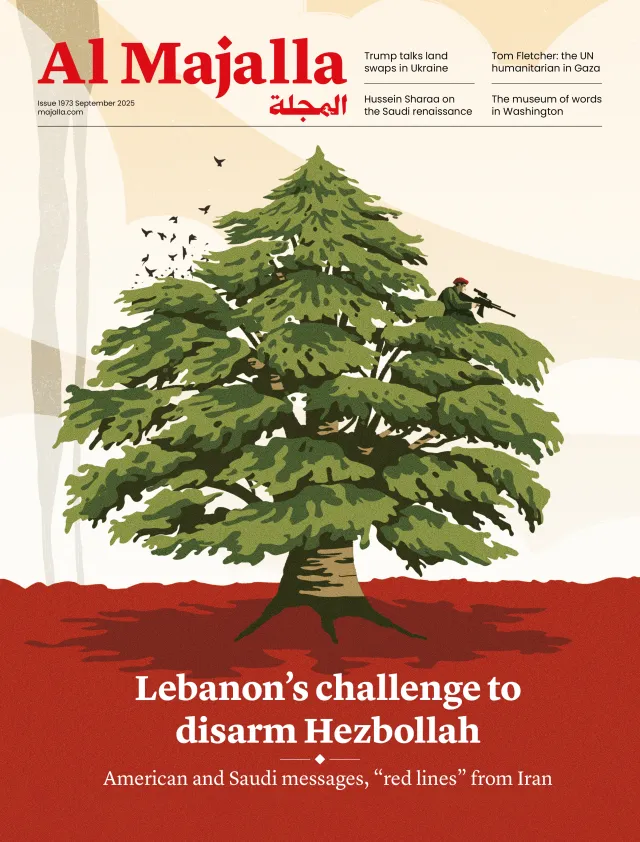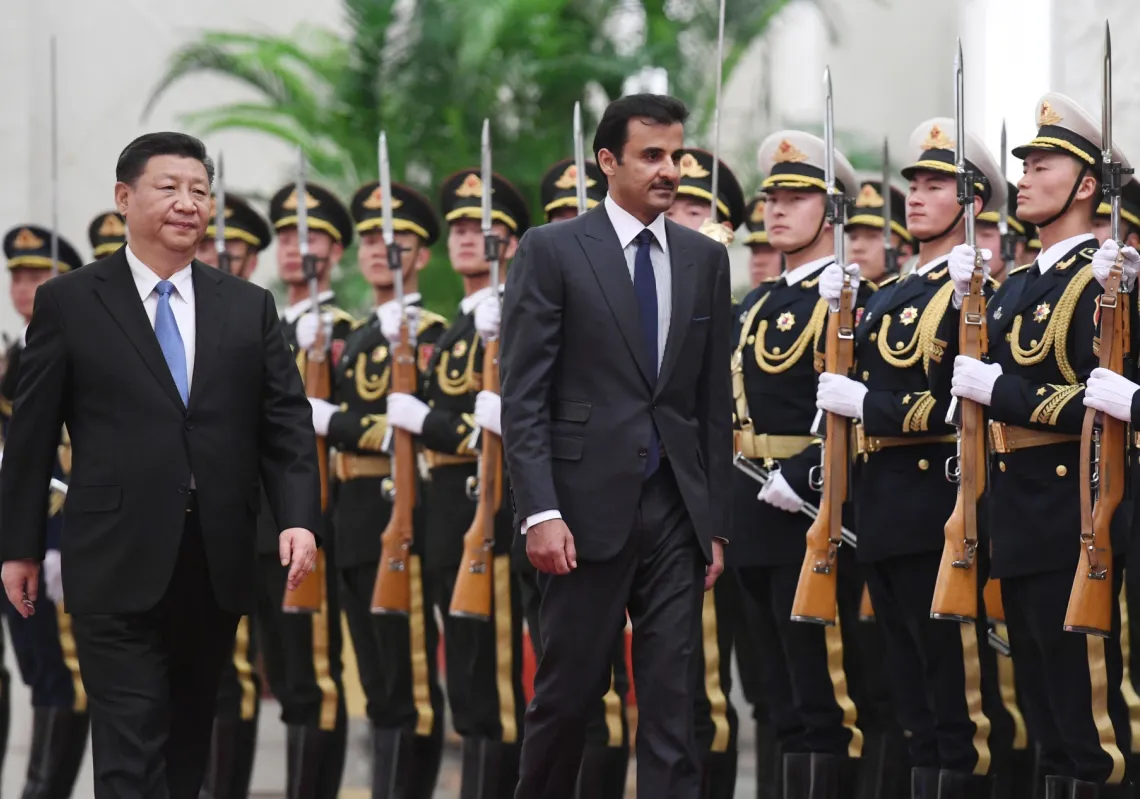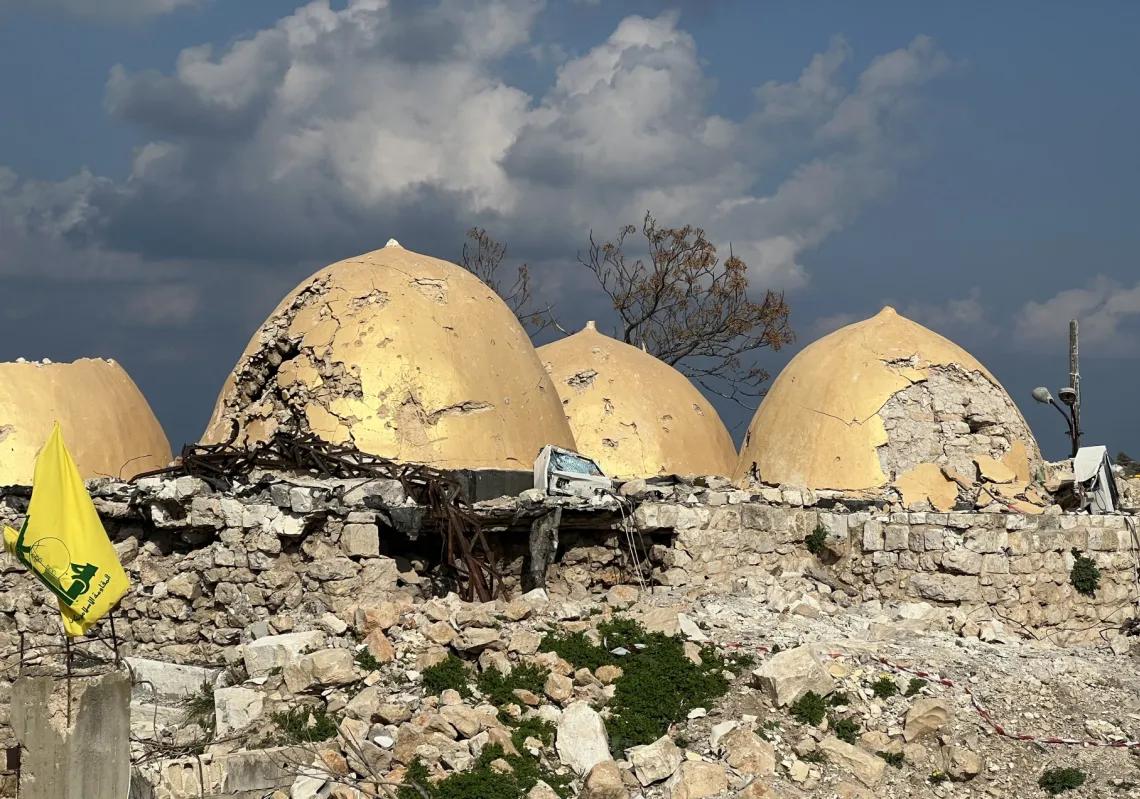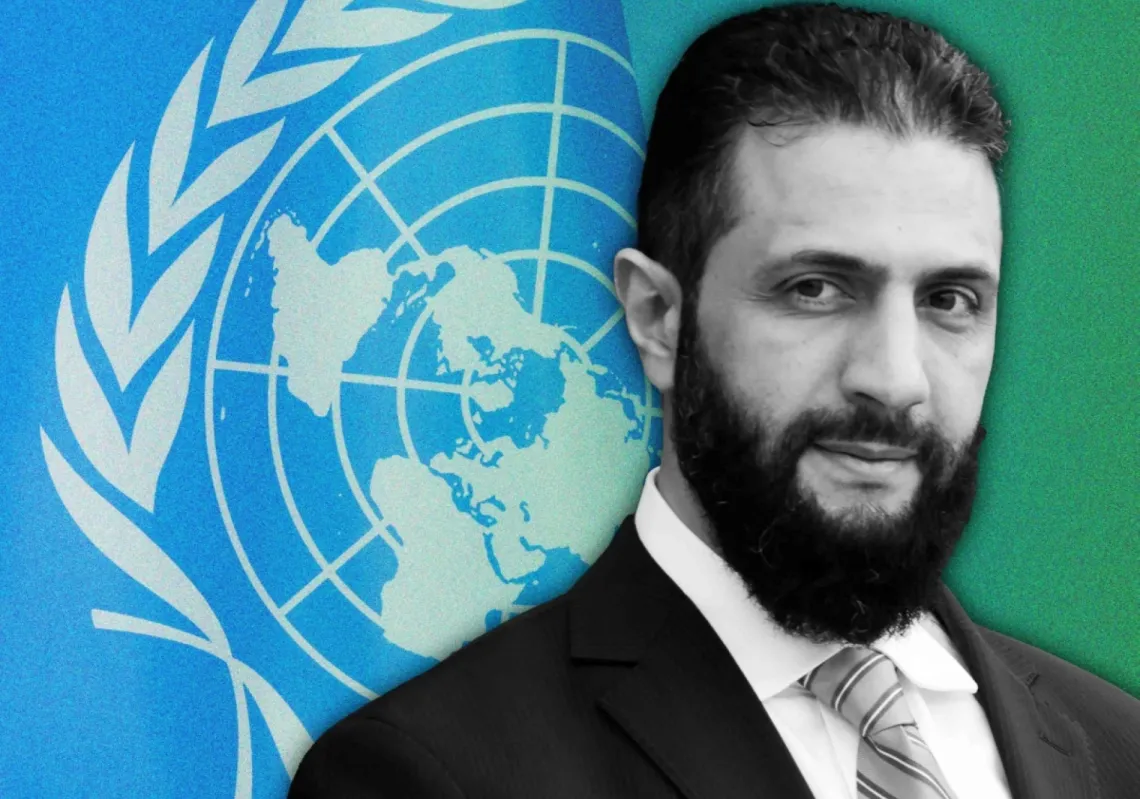“I feel sure I am right when I say that the less the Afghans see of us, the less they will dislike us,” said Frederick Roberts, an Anglo-Irish commander. That was in 1880, the third year of the second Anglo-Afghan War, following another British invasion of Afghanistan in the context of the so-called Great Game between Britain and Russia. One hundred and thirty years, several wars and invasions of Afghanistan later, Roberts’ words seem to be echoing strongly in Western capitals amidst Western public and donor fatigue with a nine-year-long, multi-phased intervention, whose achievements are fragile at best.
For some time now, the belief in most Western capitals is increasingly that the 140,000 US and NATO troops in Afghanistan are no longer needed in such high numbers because Al-Qaeda’s presence has been considerably reduced. Given that the Afghan Taliban’s agenda is purely internal, the argument goes, Afghanistan no longer poses a threat to the West. This reasoning represents a return to the initial “minimalist” goal of the intervention in Afghanistan: defeat Al-Qaeda and leave as soon as possible. Whether or not this is the right strategy is another issue.
Al-Qaeda’s somewhat weak presence in Afghanistan (counter-terrorism officials put the number of Al-Qaeda operatives in Afghanistan between 50 and 100) provides the idea—or illusion—of a mission (relatively) accomplished. However, as Peter Bergen, fellow at the New America Foundation, recently argued in Newsweek, being a small organization was always a characteristic of Al-Qaeda. “According to the FBI,” Bergen wrote, “there were only 200 sworn members at the time of the 9/11 attacks, and the group has always seen itself primarily as an ideological and military vanguard seeking to influence and train other jihadist groups.”
Al-Qaeda has not gone far. Just next door in Pakistan, where they mix with the highly ideological Pakistani Taliban and other insurgent networks, the number of Al-Qaeda members is estimated at a few hundred. In spite of the escalation of drone strikes in Pakistani territory, Al-Qaeda has been taking advantage of the unchecked border between Afghanistan and Pakistan in order to enter Afghanistan and support the Afghan Taliban. This continuous cooperation between the Afghan Taliban and Al-Qaeda only proves the resilience of the ties between both groups, despite their different agendas.
If the ultimate concern of the international coalition is to ensure a stable, peaceful Afghanistan, simply ousting Al-Qaeda should not be the driving force in its Afghan strategy. To achieve the former, a strong international commitment would likely be needed far beyond 2011. The fact is, Barack Obama, David Cameron and Angela Merkel are not in optimal conditions to address the Afghan quagmire far beyond that date. With the world economy still struggling, spending 140 billion dollars a year in Afghanistan is becoming increasingly unviable and unpopular. Facing the pressure of the ballot boxes, Western leaders are finding it harder to justify, both politically and economically, the strong troop presence in Afghanistan. This has long been the case with European leaders, and as Bob Woodward’s book, Obama’s Wars, reveals, Obama feels the same. “I can’t lose the whole Democratic Party,” Obama is reported to have said in private while defending his decision to withdraw the troops in 2011.
This incompatibility between the limits of Western public patience (and pockets) with the war and nation-building effort, and the perseverance needed to actually build Afghan institutions is the biggest obstacle to the continuation of a comprehensive strategy in Afghanistan. The call for a return to the initial minimalist strategy of removing Al-Qaeda presence from Afghanistan and then leaving is, to a large extent, a consequence of this incompatibility.
The lack of consensus among analysts, military men and policy makers about the extent of the international coalition’s progress certainly does not build confidence. A recent debate at Chatham House about whether the Taliban has won the war in Afghanistan with Peter W. Galbraith, former UN Deputy Special Representative for Afghanistan, and General Graeme Lamb, former advisor to General Stanley McChrystal, among others, was very inconclusive. And yet, most independent analysts or journalists who have traveled to Afghanistan this year report that the only few places where there is little risk of coming across the Taliban are the capital Kabul, and the northern city of Mazar-e-Sharif.
The only consensus seems to be, firstly, that an essential pre-condition for the departure of foreign troops would be the existence of a strong partner to step in and assume responsibility. And secondly, that the Afghan government, police and army still do not meet the requirements. One of the solutions on paper—negotiations between the Karzai government, the Taliban and insurgents, now underway—should be faced with a certain degree of skepticism. These negotiations are hardly a sign of good will by the insurgents: their attempt might be simply to gain time, while the US is stepping up drone attacks on Pakistani soil. Moreover, it will be very difficult to determine what stage the negotiations have reached. Last but not least, the history of other conflicts—take Angola for example—proves that peace deals are very fragile processes, and a return to hostilities looks likelier than a permanent ceasefire.
The buildup of responsible, stable institutions—including the police and army—and a decentralized form of government, should continue to be the international coalition’s ultimate goal, even after the gross of US and NATO troops leave Afghanistan.
Manuel Almeida – Contributing editor. This article was originally published on Aspenia online, the online journal of the Aspen Institute in Italy. http://www.aspeninstitute.it/aspenia-online/article/afghanistan-back-basics







